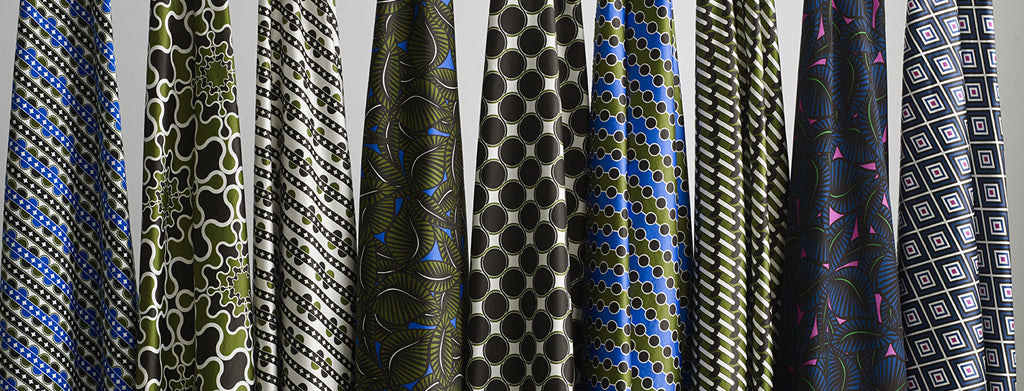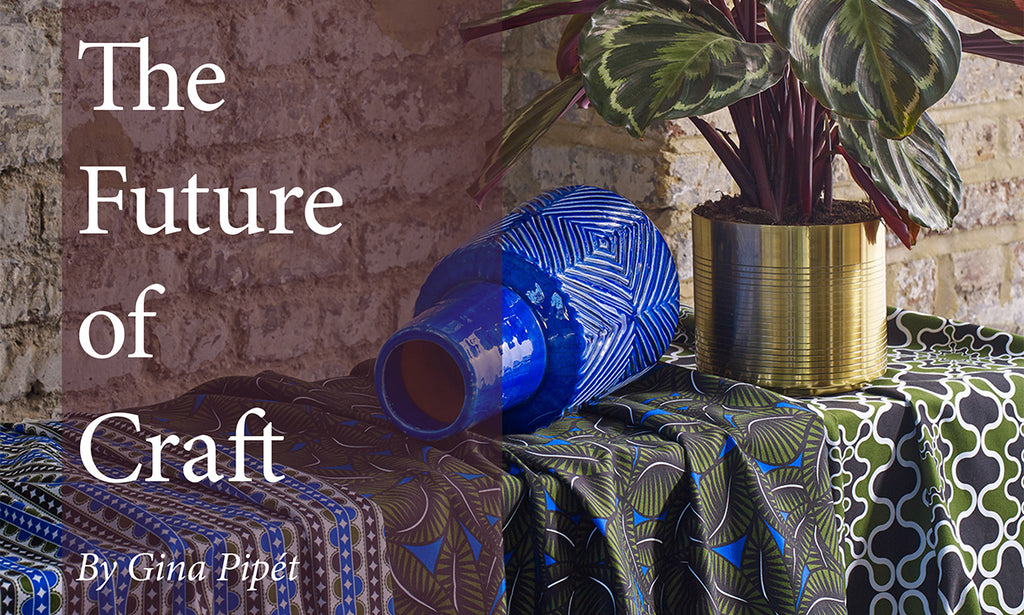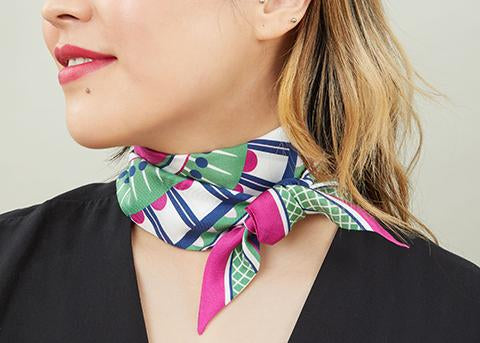London Craft Week is now a firmly established event in the design calendar. It goes beyond the surface of beauty, separating the great from the good.
Read: 6-8 min
More than just an exhibition or fair London Craft Week takes place across the capital and plays host to a vast programme of events, talks and workshops. Those involved include established and emerging fashion brands and makers alongside well known design-focused stores such as Heals, Liberty London and The Conran Shop.
With shops, studios and workshops opened to the public LCW provides a rare opportunity to discover the stories behind the products, celebrating the true craftsmanship, artistry and creativity each maker puts into their work.
The opportunity to bridge the gap between art, design and craft is one that London Craft Week at OXO seeks to achieve by joining together London’s creatives in front of an engaging and focused audience. New for 2019 ‘The Future of Craft’ is an excellent platform to showcase all aspects of modern-day craft applications as a whole questioning and challenging the predefined boundaries that each discipline conforms to.
My relationship with craft
I’ve worked as a professional in the creative industry for almost 15 years, specialising in design and product development for fashion and interior companies, setting up my own business in 2012.
I’ve always had a very hands-on approach to my work coming from a creative upbringing and background education in art, textiles and photography. I graduated from Winchester School of Art with a degree in Printed Textile Design, and it was during Foundation year that I started combining all these disciplines together.
Under my brand PIPÉT, I design, make and sell printed accessories and bespoke interior fabrics. I work in small quantities and all my items are printed and sewn in the UK. I work with experienced digital printers and local manufacturers who make each of our products by hand. Depending on the complexity of the item I cut and sew these in-house myself.
Defining my Craft
When defining a business, pitching for work or applying for shows, the first thing people want to know is ‘What you do?’ ‘What is your business?’ ‘What do you make?’ Answering these questions well is crucial.
In our daily communications, we need to speak to the right audience and putting a label on what we ‘do’ gives people a better understanding of what our ‘work’ or ‘job’ is. In terms of work or services it can add perceived value and can make customers feel better about investing in art, design or craft pieces. But what happens when the lines blur and boundaries of what one does start to overlap?
Craft by definition:
“A craft or trade is a pastime or a profession that requires particular skills and knowledge of skilled work. In a historical sense, particularly the Middle Ages and earlier, the term is usually applied to people occupied in small-scale production of goods, or their maintenance. Noun: Skill or ability, esp in handiwork”.
Wikipedia
Craft: “Skill and experience, especially in relation to making objects; a job or activity that needs skill and experience, or something produced using skill and experience”.
Source: The Cambridge English Dictionary
“To make or fashion with skill, esp by hand”.
Collins English Dictionary © HarperCollins Publishers
Many ‘Creatives’ struggle to be concise in reply. We do not like to be limited by such strict boundaries and for many the answer cannot always simply be defined by the product that we make.
Within the art, design, craft and fashion sectors, the crossing of boundaries is now widely accepted, however often proves difficult in how I define my work. Moreover, in using somewhat new digital production methods - including by way of outsourcing certain processes – I fear that some would argue mine is not a true ‘craft’ compared to the way a potter turns the clay, for example.
Digital Craft
Much like when I started, I begin each of my designs by hand, working through each composition, layering and sketching out the repeating design idea. This is an important part of the process which enables me to visually understand how each design will work.
My ‘Craft’ starts with the pattern creation, but takes place throughout the whole process. For me, the skill, knowledge and experience that I bring to the design are an intrinsic part of my work – qualities which have earlier been defined as “Craft”.
The desire to achieve luxury-level quality, coupled with reduced margin for error, limited workspace and increasing time pressure have all contributed to the uptake of digital production and outsourcing manufacturing methods across the craft disciplines.
“The computer is a tool which enables me to develop complex ideas in a more efficient timeframe, allowing me to focus on producing beautifully considered and well-designed items”.
Spurred on by the rise of small creative businesses the factories who once could only offer services to large scale operations are now able to provide smaller scale digital production solutions reachable by the masses.
For myself as an artist, designer and maker running an independent business, my creative time is very limited. Like a lot of small businesses I find myself taking on many (if not all) roles within the business.
To be able to make a living from one’s work there comes a point at which certain commercial decisions need to be made, including how you can physically make your work with the time, space and facilities you have to hand.
With our focus on small-scale, creative design, I chose the method of digital production vs a traditional screen process. Using the computer becomes a tool which enables me to work at a much larger scale and develop complex ideas in a more efficient timeframe. Outsourcing the printing part of the process allows me to focus on producing beautifully considered and well-designed items.

Cross pollination
Over the last decade, we have seen a vast rise in number of smaller independent creative businesses thanks to the advance in technology and relative ease of setting up a fully operational e-commerce website.
At the same time, Social Media platforms have become a popular way to reach customers. Being a relatively “free and easy” way to communicate one’s work (not underestimating the amount of time and planning behind each post) image-based sharing platforms such as Instagram have become widely adopted in the creative industry.
"This ‘cross pollination’ of the disciplines leads to exciting discoveries with experienced makers now combining newly learnt techniques with their well-honed skill".
As a way of connecting with followers, a large number of brands are opening up and revealing their techniques processes and journey. This increased visibility has led to a shift in creative practices, affecting how we as artisans now define what we ‘do’. The sharing of skills demystifies the process and provides the viewer with a Can-Do attitude, teaching easy techniques and revealing once well-kept secret tricks of the trade.
This ‘cross pollination’ of the disciplines leads to exciting discoveries with experienced makers now combining newly learnt techniques with their well-honed skill. The 2D artist is moving from paper to fabric design, Illustrators from drawn line to cut work, and textile designers from print to appliqué, embellishment and beyond.
Where once a master printer would have purely made a limited edition run of art prints, they can now open up their works to a wider audience, selling beyond the ‘art crowd’ through adapting their methods of production.
Designing our craft
With on-line presence and image playing a major role in publicising one’s work, the demand for a higher production value has never been greater.
When thinking about ‘The Future of Craft’ the question should look nowadays to “How can we use technology as a tool to aid one’s practice?”
Whether made by one’s own hands or by a team of skilled workers, the human connection comes back to the story, the inspiration and meaning behind the product. The very reason when people choose to invest in one work over another.
Mankind has evolved using tools to benefit our life and work and I believe there is room for makers to allow these modern technologies into their practice. We must not discount the work or under-value the time it takes to master new tools, and remember to appreciate the unknown variables and limitations that they each bring to all who experiment with, and apply them in new and exciting ways. This development is the reality and future of craft.
By Gina Pipét
‘The Future of Craft’ 9-12 May 2019 is the inaugural event curated by Oxo Tower Wharf in partnership with Design Nation and Future Icons director Louisa Pacifico. Held at London’s Bargehouse, it is a showcase of over 40 participants celebrating innovation in craft and makers stories.
#TheFutureofCraft
Copyright © 2019 Gina Pipét


